Geoff Potter - Discovering Computing
Here you can read online Geoff Potter - Discovering Computing full text of the book (entire story) in english for free. Download pdf and epub, get meaning, cover and reviews about this ebook. year: 2014, publisher: ITCA Digital Education Systems Corporation, genre: Home and family. Description of the work, (preface) as well as reviews are available. Best literature library LitArk.com created for fans of good reading and offers a wide selection of genres:
Romance novel
Science fiction
Adventure
Detective
Science
History
Home and family
Prose
Art
Politics
Computer
Non-fiction
Religion
Business
Children
Humor
Choose a favorite category and find really read worthwhile books. Enjoy immersion in the world of imagination, feel the emotions of the characters or learn something new for yourself, make an fascinating discovery.

- Book:Discovering Computing
- Author:
- Publisher:ITCA Digital Education Systems Corporation
- Genre:
- Year:2014
- Rating:4 / 5
- Favourites:Add to favourites
- Your mark:
Discovering Computing: summary, description and annotation
We offer to read an annotation, description, summary or preface (depends on what the author of the book "Discovering Computing" wrote himself). If you haven't found the necessary information about the book — write in the comments, we will try to find it.
This is the first book in a series of ten electronic books designed to educate young children and school-age students about information technologies and the digital world they live in.
Who will benefit from this book? This book is most suitable for young people in their second or third grade level. It may also be helpful for teachers introducing ICT or integrating it into the curriculum.
Contents:
Book One comprises three modules:
- Module Two: Playing With Stories. This module has six units. It focuses on developing the students ability to use computer software to learn and manipulate language. It also provides opportunities to learn basic keyboarding in English. Adventure One: Lets Play With The Alphabet, Adventure Two: Lets Play With Text, Adventure Three: Lets Play With Text To Control Things, Adventure Four: Lets Play With Stories, Adventure Five: Lets Write A Story, Adventure Six: Lets Play With Information, Adventure Seven: Lets read Books on an E-Reader
- Module Three: Looking For Language And Numbers. This module trains students in working with language and numbers. It introduces them to the use of computer software to manipulate numbers and language. Adventure One: Lets Look For Numbers, Adventure Two: Lets Look For Shapes, Adventure Three: Lets Make Objects, Adventure Four: Lets Look For Sizes And Amounts, Adventure Five: Lets Explore Relationships
The book is colorful, creative and contains many challenges and activities designed to help young students understand how digital technologies work and how to efficiently use them to learn and communicate. The book also contains an integrated Continuous Assessment process which may be of value in some educational environments. Modules at each level are divided into skills and knowledge-focused units. At the end of each unit students may describe what they have learned and their parent or teacher may award points for each item covered. Marks may be accumulated throughout the school year. A grade based upon the total points accumulated may be awarded at any time during the year. There are no tests or examinations in this program.
What are the intended uses of this book? 1.This book is designed to support both teachers and students in existing ICT curricula and may be useful in introductory programs in areas such as Science, Language Arts, Mathematics and Art. 2. The book supports public and private education systems instruction and skills training programs to ensure that young people possess the knowledge and skills to function in a digital society, and ultimately to prepare them for entry into higher education and an increasingly digital and computer-based workforce. 3. Students and parents may use the book for home schooling use in support of study projects and personal skills development.
Geoff Potter: author's other books
Who wrote Discovering Computing? Find out the surname, the name of the author of the book and a list of all author's works by series.

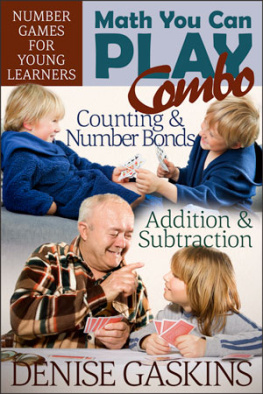

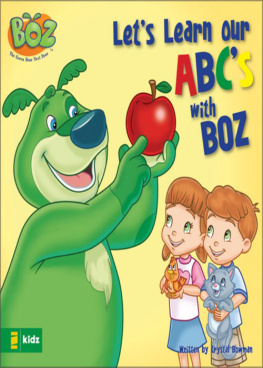
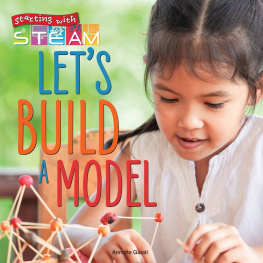
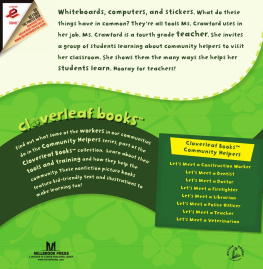
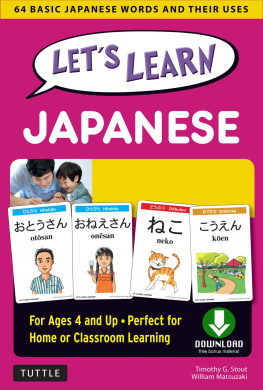
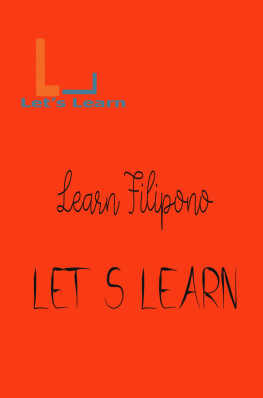
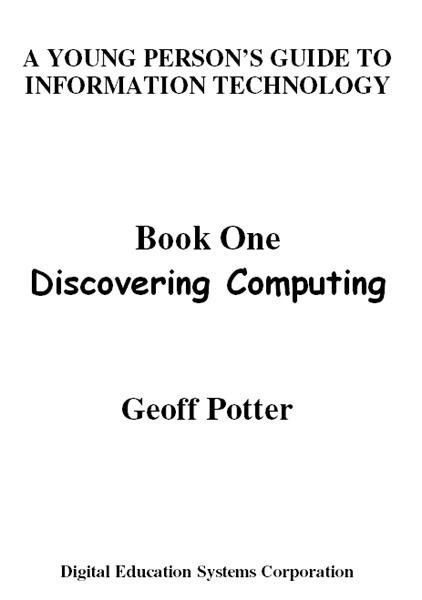 INTRODUCTION Welcome to Discovering Computing
INTRODUCTION Welcome to Discovering Computing 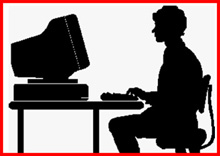 What is in this Book? Book One is full of things for you to learn. You can learn: to use a keyboard, to use a computer, to play with stories and to think and find answers. How do I use this book? Your book has three parts: Each part is called a module. Module 1 is about computers, cell phones, tablets and Raspberry Pi . You can learn how to use them. You will find many things in this module. You will learn how to make the computer work for you.
What is in this Book? Book One is full of things for you to learn. You can learn: to use a keyboard, to use a computer, to play with stories and to think and find answers. How do I use this book? Your book has three parts: Each part is called a module. Module 1 is about computers, cell phones, tablets and Raspberry Pi . You can learn how to use them. You will find many things in this module. You will learn how to make the computer work for you.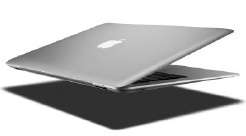 Zoe and her mother have a problem. They do not know how to start the computer. Could you help Zoe and her mother start the computer? Lets find out what the computer parts are called.
Zoe and her mother have a problem. They do not know how to start the computer. Could you help Zoe and her mother start the computer? Lets find out what the computer parts are called.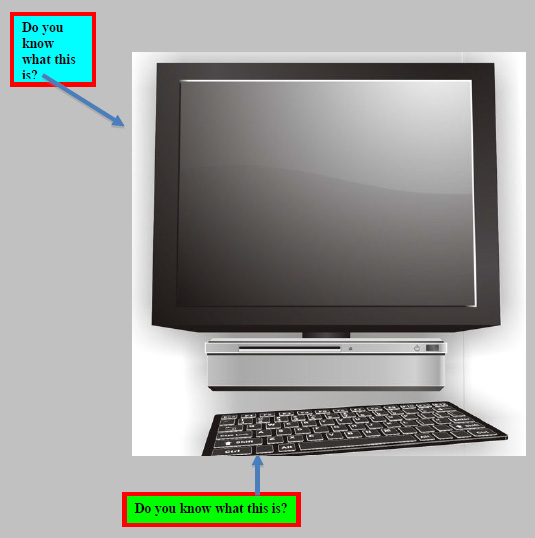
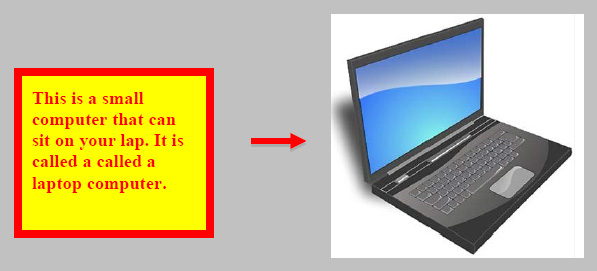 And.................This is a very small computer. It is called a Raspberry Pi .It is the same size as a credit card.It plugs into a TV set.It only costs around $50.00 US.
And.................This is a very small computer. It is called a Raspberry Pi .It is the same size as a credit card.It plugs into a TV set.It only costs around $50.00 US.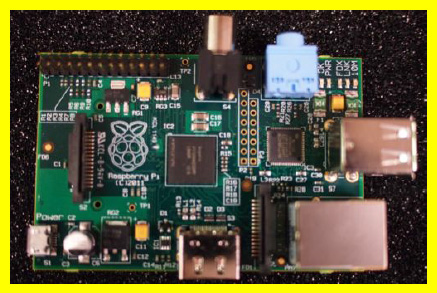 Let's Learn How to Use the Keyboard
Let's Learn How to Use the Keyboard  Let's keyboard every week.
Let's keyboard every week. You can practice with the English alphabet: copy, name, print. You can print a progress report at the end of the module.
You can practice with the English alphabet: copy, name, print. You can print a progress report at the end of the module. 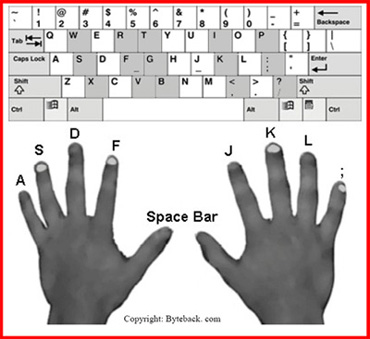
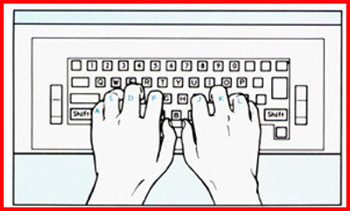 Placing My Fingers on the Right Keys The Home row. These are the keys on which your fingers are placed. Left hand: ASDF Right hand: JKL: Using The Right Fingers on the Keys Left hand Forefinger = F key Middle finger = D key Ring finger = S key Little finger = A key Right hand Forefinger = J key Middle finger = K key Ring finger = L key Practice until you can do this quickly and without making many mistakes. Adventure One Lets Learn About Machines
Placing My Fingers on the Right Keys The Home row. These are the keys on which your fingers are placed. Left hand: ASDF Right hand: JKL: Using The Right Fingers on the Keys Left hand Forefinger = F key Middle finger = D key Ring finger = S key Little finger = A key Right hand Forefinger = J key Middle finger = K key Ring finger = L key Practice until you can do this quickly and without making many mistakes. Adventure One Lets Learn About Machines 
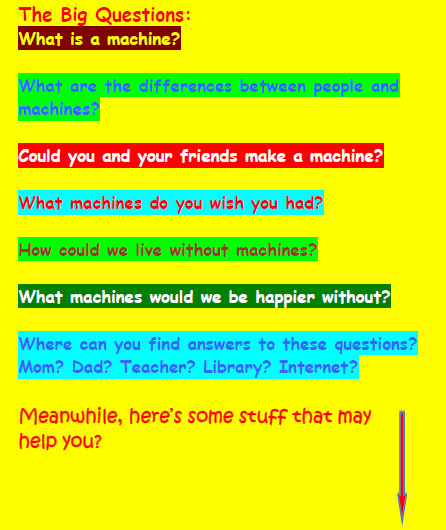 Let's Learn About Machines. What is a machine ? A machine makes POWER .
Let's Learn About Machines. What is a machine ? A machine makes POWER . Is this a machine?
Is this a machine?  Is this a machine?
Is this a machine?  Is this a machine?
Is this a machine? 